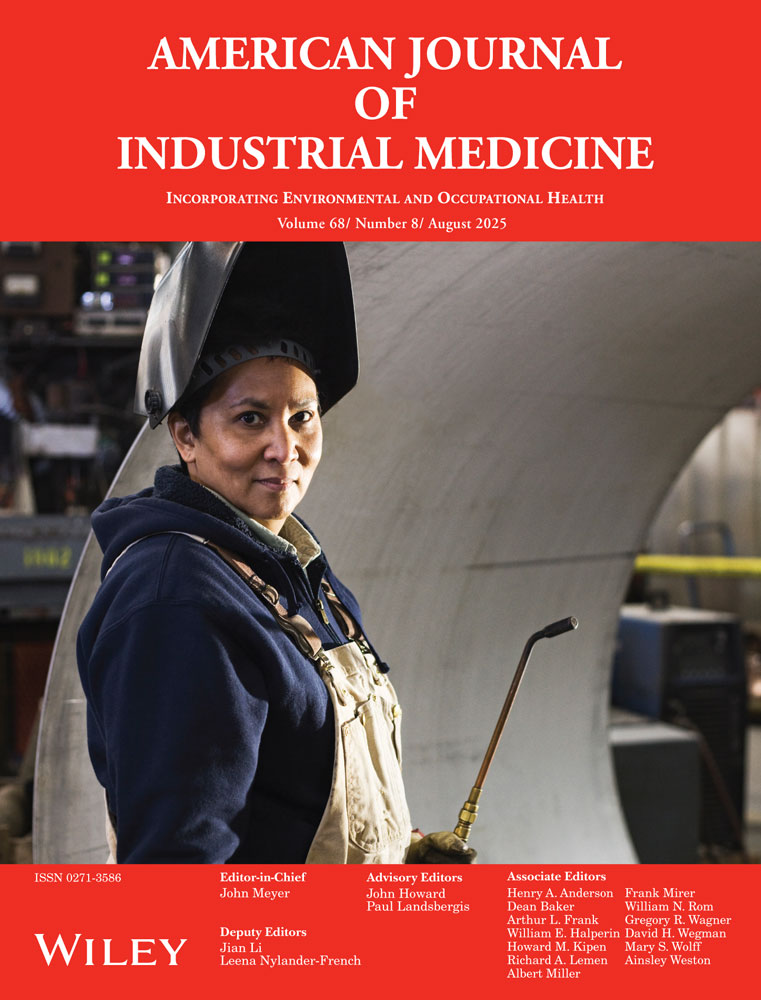Cohort mortality study of employees at the Celanese plant in Pampa, Texas
Abstract
Background
The mortality experience of chemical workers from the Pampa, Texas Celanese Ltd. plant through 1991 has been previously reported. This study updates that effort and presents an additional seven years of data and follow-up that provided 268 additional cohort members and 71 new deaths.
Methods
Mortality was determined through December 31, 1998, the period for which the National Death Index could provide information on deaths. The mortality experience of Celanese Ltd. employees was compared to that of the general population of the United States. All cause and cause-specific standardized mortality ratios (SMRs) were calculated.
Results
For the entire cohort, several causes of death including all causes (SMR = 65.9; 95% confidence interval (CI) = 56.9–76.0), heart disease (SMR = 69.1; 95% CI = 53.6–87.8), and all malignant neoplasms (SMR = 74.2; 95% CI = 56.3–95.9) were significantly less than expected. SMRs were also calculated separately for white men, non-white men, and women. Unlike the initial study, the SMR for prostate cancer among white males was not significantly elevated (SMR=176.1; 95% CI = 76.0–347.0) and was much lower than the prior SMR of 330.4. This suggests that the initial findings, which were based on a small number of deaths, were likely due to chance.
Conclusions
Overall, Celanese Ltd. employees from the Pampa plant have significantly lower than expected SMRs for several causes of death, and no causes of death that are significantly elevated. Am. J. Ind. Med. 43:656–661, 2003. © 2003 Wiley-Liss, Inc.




